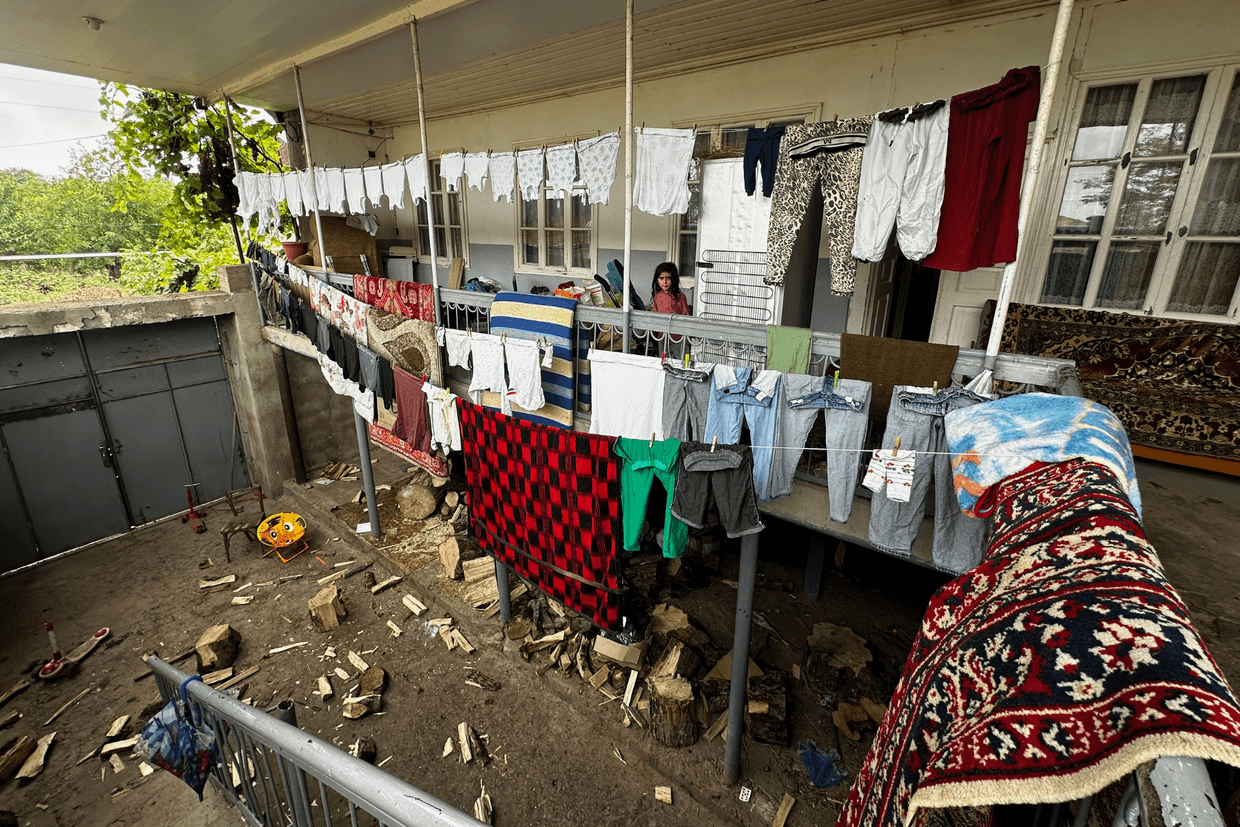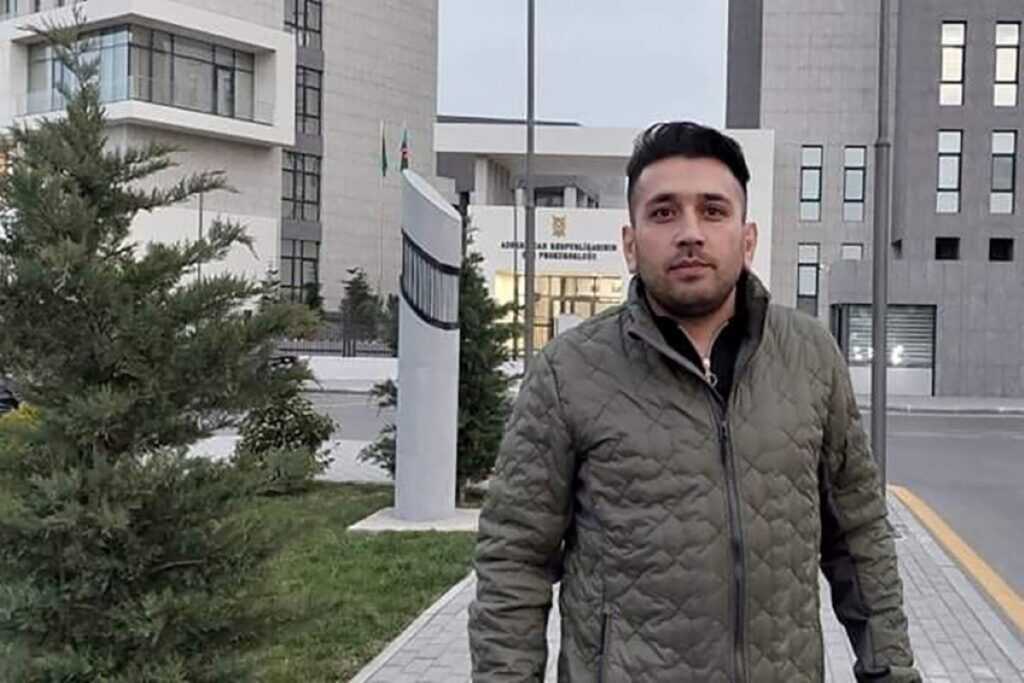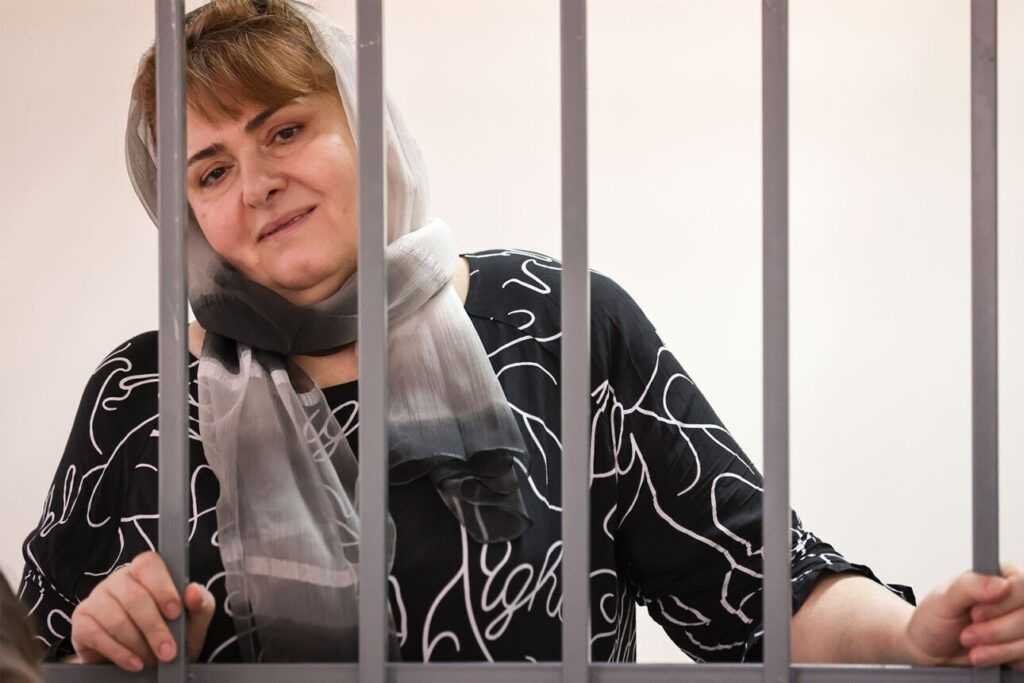Azerbaijani media launches propaganda blitz over foreigners visiting Nagorno-Karabakh

A group of tourists organised by the Most Traveled People (MTP) have visited several locations in Nagorno-Karabakh, which was covered in depth by both Azerbaijani state-run and pro-government media outlets.
The three-day visit starting on Thursday took the group, consisting of travelers from 15 different countries, to a variety of locations across the region. MTP describes itself as a ‘club for travelers who aspire to go “Everywhere” ’. It has rankings of not just all countries in the world, but all administrative regions within as well.
The pro-government media outlet APA, one of the largest in the country, as well as state-run agency Azertac, covered the visit extensively, publishing numerous articles, photos, and videos.
‘I am from California. I have been coming to Karabakh for four years since its liberation and I have seen the reconstruction throughout Karabakh and East Zangezur. It is fantastic, the way Azerbaijan has been able to build three airports and new infrastructure’, MTP founder Charles Veley told Azertac.
APA’s reporting on the visit was even more in-depth, producing individual articles for stops at each location.
One of the sites was the post office in Stepanakert (Khankendi), where some of the group took the opportunity to send letters.
‘This historic event created a joyful atmosphere among the travelers’, APA wrote.
David Joseph Langan, one of the visitors who sent a letter, was featured in an individual article by APA under the headline, ‘Irish traveler: I will always remember the post office in Shusha’.

Other headlines from the visit included, ‘Filipino traveler: Karabakh’s nature is perfect’, ‘Filipino traveler: Shusha is a truly enchanting place’, ‘Belarusian traveler: Karabakh is a very attractive region for Azerbaijani and international tourism’, ‘Filipino traveler: Visiting Azerbaijan's liberated territories is a pleasant experience’, among others.
Beyond the heavy media presence, it is unclear if the Azerbaijani government played a role in helping organise the trip or establish the itinerary.
Azertac said the visit ‘plays a significant role in promoting Azerbaijan’s liberated territories within the framework of dark tourism’, noting that it was the 13th such trip within the past four years, following the end of the Second Nagorno-Karabakh War.
In the wake of Azerbaijan’s final assault on Nagorno-Karabakh in September 2023, the region was left almost entirely deserted following the mass exodus of its Armenian population to Armenia.
Since then, Baku has spent considerable effort promoting the area as a future site for tourism, investment, and development.
However, visiting Nagorno-Karabakh as a tourist is currently difficult — a subsidiary agency of Azerbaijan’s Tourism Board said that ‘large-scale reconstruction and restoration works are currently under way in the region, so it’s not yet open to tourists’.
It is only possible to visit the region by obtaining special permission from the government.
For ease of reading, we choose not to use qualifiers such as ‘de facto’, ‘unrecognised’, or ‘partially recognised’ when discussing institutions or political positions within Abkhazia, Nagorno-Karabakh, and South Ossetia. This does not imply a position on their status.











